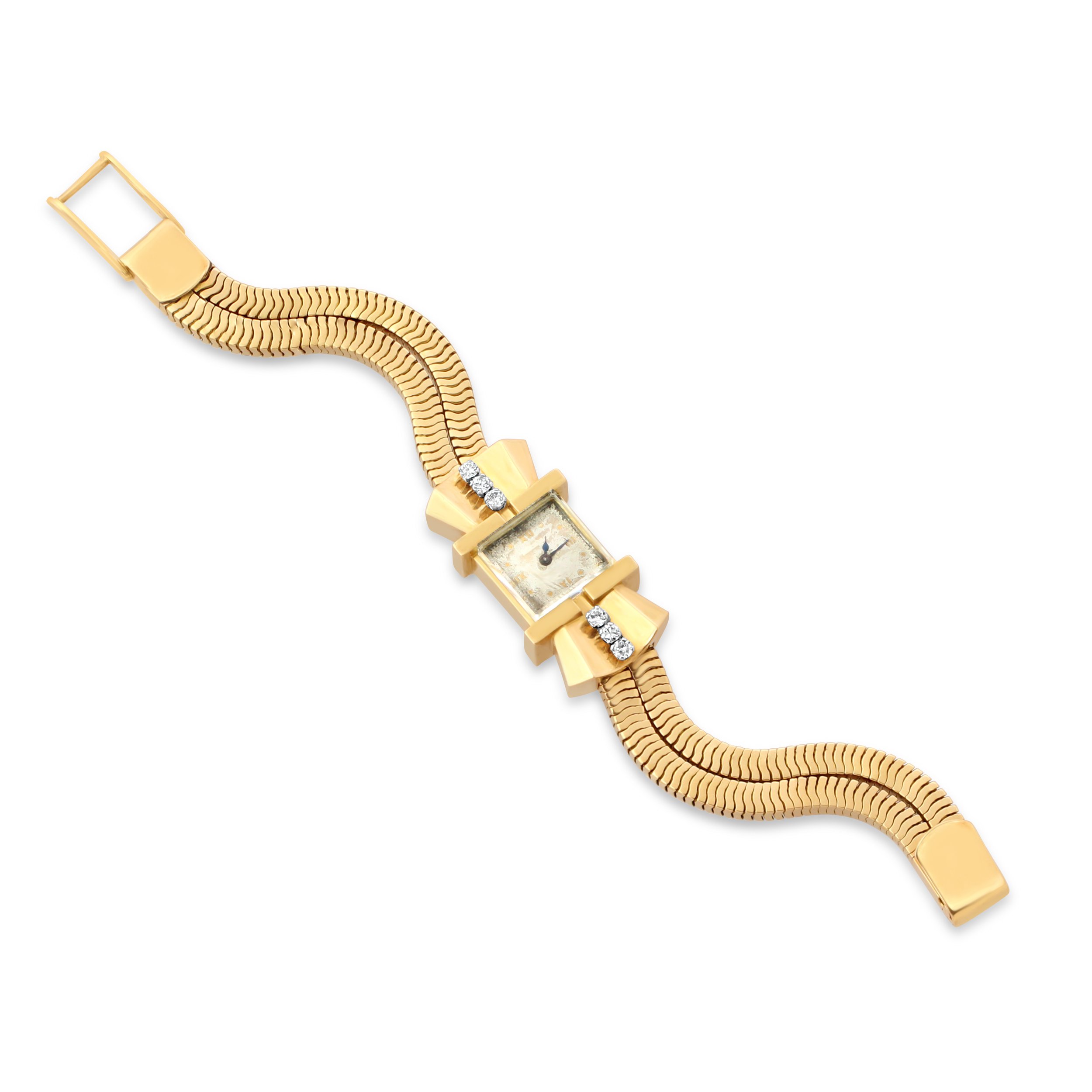Jaeger-LeCoultre
The world class Swiss Watchmakers, Jaeger Le Coultre continues to produced exceptional watches from the rural village Le Sentier. The Swiss village was first established by Pierre Le Coultre (1530-1600), a French Huguenot who bought a plot of land in the Vallee de Joux in 1558.

Major Innovations
The firm was initially founded by Antoine Le Coultre (1803-1881), in 1833. Antoine Le Coultre was as intrepid horologist. A year before Antoine opened his first workshop, he perfected a machine to cut watch pinions from steel. He went on to make several other major innovations, from the Millionometre, the world’s most precise measuring instrument to date released in 1844, to a keyless system for rewinding and setting watches unveiled in 1847. These inventions led him to be awarded a gold medal in the first London Universal Exhibition in 1851.
In 1866 Antoine and his son, Elie, established the ‘LeCoultre & Cie.’. Known as the ‘Grande Maison of the Vallee de Joux’ it brought together under one roof individual skilled craftsmen to create a large manufacturing workforce. By 1870 Le Coultre employed over 500 people. In the same year, Le Coultre had developed the first partially mechanised process for producing complicated movements.
By 1900 ‘Le Coultre & Cie.’ had created over 350 different calibres, of these 350, 128 were equipped with chronograph functions and 99 had repeater mechanisms.
Numerous Collaborations
During the 1900s Le Coultre collaborated with other watchmakers. For 30 years from 1902 Le Coultre supplied Patek Philippe with movement blanks. And in 1903 the names Jaeger and Le Coultre began collaborating. In 1903 the Parisian watchmaker, Edmond Jaeger challenged Jacques-David LeCoultre (Antoine’s grand-son), to create an ultra-thin movement. Le Coultre met the challenge. In 1907 Le Coultre broke Jaeger’s record with the world’s thinnest pocket-watch, measuring only 1.38mm thick and equipped with the LeCoultre calibre 145.
Impressed by Le Coultre’s handling of his challenge, Edmond Jaeger approached the swiss manufacturer’s with a proposal. He acquired the patent for the atmospherically driven clock, known as the ‘Atmos’ from its inventor, Jean-Leon Reutter.
The ‘Atoms’ Clock
The ‘Atoms’ clock is an impressive timepiece with near-perpetual movement run by atmospheric pressure. This means that it can keep time accurately for years with no human intervention and little energy. The Swiss government has gifted the exceptional Atmos clock to important guests since 1950. Edmond Jaeger licensed the patent for use in France until 1937 and to Le Coultre until 1936 in Switzerland.
Also in 1907, Jaeger signed a contract with Cartier to produce for 15 years movements exclusively for the French jewellery house, who were preparing to launch their iconic Tank watches. These movements were produced in the Swiss Le Coultre workshop.
The Merger
The success of this collaboration lead the two firms to merge and rename themselves ‘Jaeger-LeCoultre’ in 1937. Before this merger, in 1921, Edmond Jaeger launched ‘Ed. Jaeger Ltd.’ in London making instruments for British cars. By 1927 he sold 75% of the company to S. Smith & Sons, who renamed the company in 1937 ‘British Jaeger Instruments Ltd’. The complex web of different manufacturers can parts can be seen in the 1930 Bentley Speed Six, which featured gauges by Jaeger and a clock by S. Smith & Sons.
In 2000 the firm joined the Swiss luxury group, Richemont. On 1st May 2018, Catherine Renier became CEO.
Since Jaeger-LeCoultre was founded they have produced over 1,242 different calibres and registered 400 patents.
Notable Creations
The ‘Reverso’ : ‘Reverso’ meaning in Latin ‘I turn around’ does exactly as the name suggests. Created in 1931 the case of this watch can swivel in its carrier to protect the face’s glass front. The simple Art Deco design is still manufactured today. Originally invented to be worn by polo players it combines functionality with slick aesthetics.
‘The Duoplan’ : in 1925 Le Coultre created the Le Coultre Calibre 7BF Duoplan. The piece aimed to combine the growing vogue for miniaturisation with precision. However the small sized calibres made high level precision difficult. A new and improved Duoplan was created by Henri Rodanet, (technical director of Ed. Jaeger Ltd.). This Duoplan was built on two levels. It was one of the first gem-set steel watches and in 1929 was produced with a sapphire crystal face instead of regular glass. It was insured by Lloyd’s of London. Thanks to the easily replaceable movements, a London store stocking the Duoplan displayed a sign in the window reading: “You won’t have time to finish your cigarette before your watch is repaired”.
Famous Fans
The world class quality and innovation of Jaeger-LeCoultre watches have attracted important clients. From British aristocracy, notably the Duke of Windsor and Queen Elizabeth II, to the American Presidents, Lyndon B. Johnson and Bill Clinton, have all bought Jaeger-LeCoultre timepieces.
Jaeger-LeCoultre watches have also been photographed on several show-biz wrists in recent years: from Jay-Z to Leonardo DiCaprio, Robert Downey Jr. and Benedict Cumberbatch.

